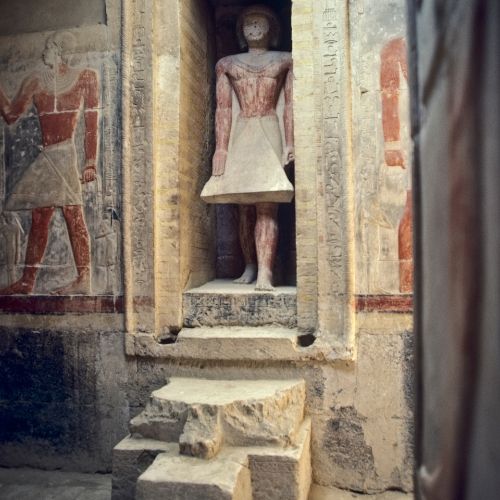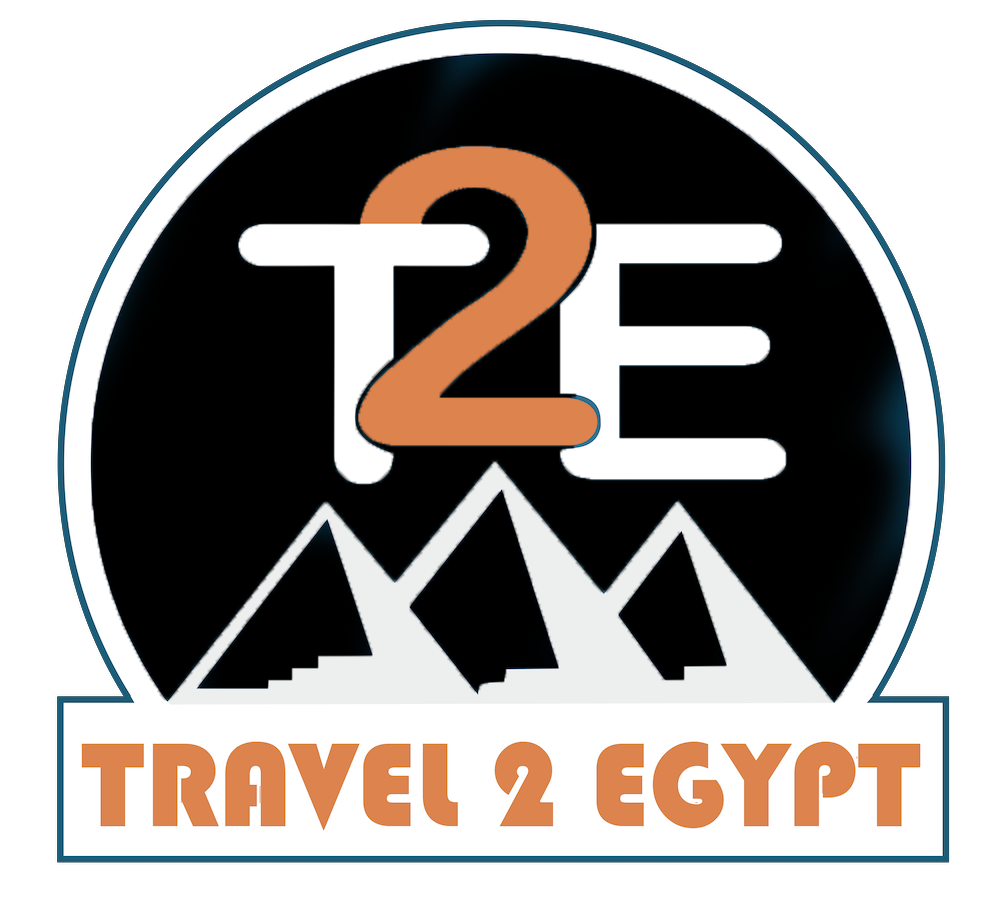Tomb Of Mereruka
Discovering the Remarkable Tomb of Mereruka
Nestled in the vast necropolis of Saqqara, near the ancient capital of Memphis, lies the Tomb of Mereruka, one of Egypt’s most fascinating and elaborate tombs from the Old Kingdom. Mereruka served as a high official, holding the titles of “Vizier,” “Judge,” and “Overseer of the Pyramid Estates” during the 6th Dynasty, under the reign of King Teti.
The Tomb of Mereruka is distinguished by its size and complexity, boasting 32 chambers for Mereruka himself, and additional sections dedicated to his wife, Watetkhethor, and his son, Meryteti. This architectural marvel provides a unique glimpse into the life, beliefs, and artistic achievements of Ancient Egypt.
A Portal to the Past
As you step into the dimly lit corridors of Mereruka’s tomb, you’re immediately transported back in time. The walls, adorned with vibrant and detailed reliefs, narrate the daily life, religious beliefs, and funerary practices of the era. Scenes depict agricultural activities, fishing and hunting, offering rituals, and various crafts, reflecting the significance of these activities in sustaining the Egyptian civilization.
Artistic Brilliance Unveiled
One of the most captivating aspects of the Tomb of Mereruka is its exceptional artwork. The reliefs are not only significant for their historical value but also for their artistic merit. They showcase the mastery of Ancient Egyptian artisans in capturing the nuances of human and animal forms, movement, and expression, bringing the stone to life. The use of color in some areas remains vibrant, offering a glimpse into the original splendor of these ancient masterpieces.
A Family Affair
The inclusion of chambers for Mereruka’s family highlights the importance of familial ties and the belief in a shared afterlife among the ancient Egyptians. The tomb’s design ensures that Mereruka, his wife, and son would continue their journey to the afterlife together. This aspect of the tomb underscores the Egyptians’ deep-rooted values of family, continuity, and eternal life.
Lessons from the Tomb
The Tomb of Mereruka is more than just an ancient monument; it is a testament to the complexity of Egyptian society, the sophistication of its religious beliefs, and the exceptional skill of its artisans. As one of the most extensively decorated and largest tombs in Saqqara, it offers invaluable insights into the administrative, social, and cultural facets of life during the Old Kingdom.
For historians, archaeologists, and travelers alike, a visit to the Tomb of Mereruka is not merely a tour of an ancient site. It is an immersive experience, a connection to the lives of those who walked the banks of the Nile thousands of years ago, and a reminder of the enduring legacy of Ancient Egypt’s civilization. The Tomb of Mereruka stands as a proud beacon of humanity’s shared heritage, inviting us to explore, learn, and be inspired by the wonders of the past.



